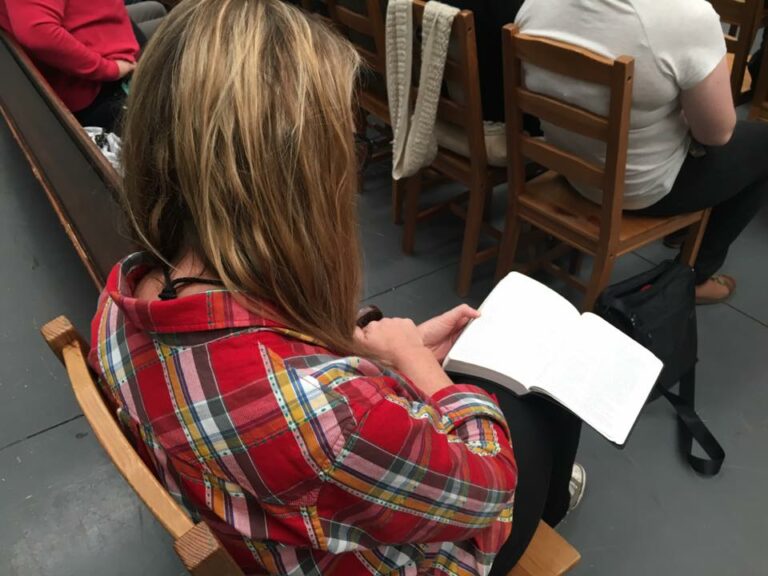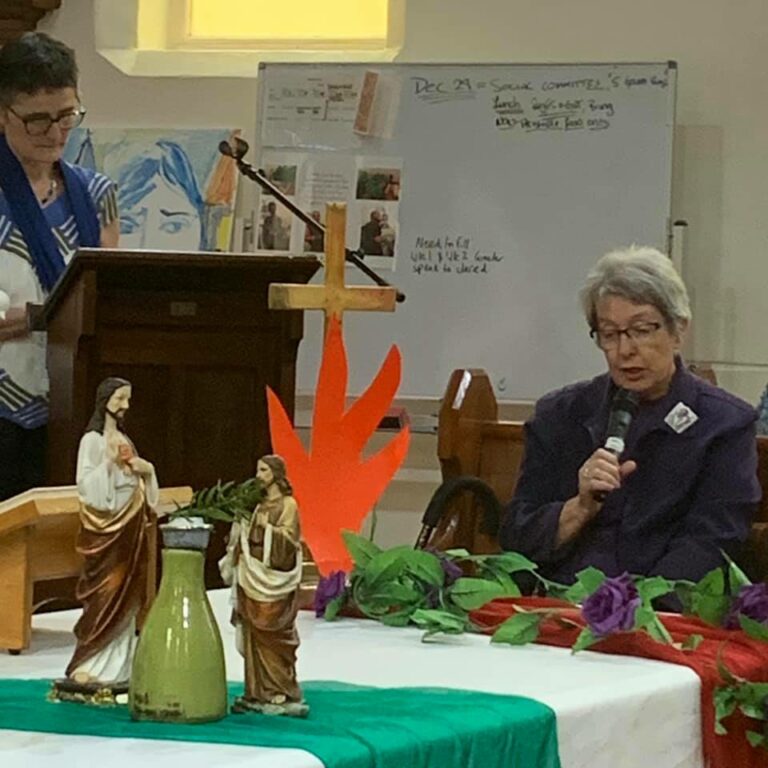Here’s an excerpt from our interview with Soul Revival, whose leader Stuart Crawshaw and his team, build their health and vitality through initiatives such as this.
Read the conversation below.
NCLS: If you were to describe your church space for me, why was it set up like this? What was it that brought you to this design?
SC: Architecture’s always been kind of important to us, we think the spaces actually reflect what we’re trying to do. So, if you look at Christian architecture over the centuries you’ll see different nuances in the architecture depending on the different things that we’ve been trying to communicate. So, we, from the beginning at Soul Revival, we realised that a lot of the teenagers in the Shire didn’t want to go to a dusty Sunday school hall with Sunday school pictures up on the wall. Because they saw that as a place where Christians play youth group games.
And it’s not really something that they could relate to. So, from the very first Soul Revival, started on a Saturday night in someone’s garage, in their house. And so, we renovated the garage, and there was a lot of ownership for the kids to scrounge council clean-ups, and get lounges off the council clean-ups. And then we all went up to Bunnings and, well, what was the hardware back in those days, and bought some cockroach killers and killed all the cockroaches, and then moved in.
And that was their place to be, and then when we outgrew that, we found another garage. And then when we outgrew that, we went to a disused church building and we decorated that up, and so then we went to a factory after that, and we rented that out for ten years, about ten years, something like that. And that was rented at about 30, $7000 a year, and we paid for it ourselves, so the young people, through their $5 a week, paid for that, so we renovated that factory. And then the church moved us back to a house next door to the church, when we renovated that. And then when we moved from Gymea Anglican, and when we planted here, it made sense to deck this out in a similar way.
So, one of the priorities we have here, and we’ve always had, is to share our lives. So, we gather around the word of God, but we also share our lives together, and so food’s always been important to us. But even more so, since we’ve been friends with Aboriginal people out in Western New South Wales as a youth group and then as a, what we called a youth community.
We changed the word youth group to youth community to try and get away from that baggage of that homogeneous unit principle model, because we’ve moved out of that. By the end of the 90s, we were truly intergenerational with people of different ages, and we’re seeking to be intercultural as well, and we’ve made really good friends with some Aboriginal people. And we found out that, yes, we used to like eating food together, but when they did church together out west, they always had a meal after every service.
So, at Gymea Anglican, we’re still going to the evening services, which were an hour a week with the supper, and then that was it, and then Saturday night, we’d go for six, seven, eight hours sometimes where we just spend our time together. We were influenced by our Aboriginal friends to think about having meals at church as well. And we’re quite stoked that, I don’t know many churches that have got an Anglo background that have looked around at an Aboriginal model of church, and introduced some of their aspects to what we do.
But we also came across a concept of housing called co-housing, which was a Danish model, and in that they say, it’s good to have individual spaces and then corporate spaces. And in our culture, even in the Shire, everyone’s got their individual spaces, but the churches are just sort of designed to come and go, so you don’t stay very long. You’re not super comfortable with lounge rooms and cafes and stuff like that.
So, while there’s often good coffee and a place to talk and mingle after church, it’s not really a place to stay for another six hours and be together, like our Aboriginal friends did and we did as well.
So, that co-housing idea was, let’s set up this factory as, and all our spaces as kind of a co-housing thing. We were all reading Oldenburg’s Third place theory. But instead of setting up a third place outside of the church as a stepping stone into the church for people, we thought, let’s make the church itself a third place.
So that we’d gather around God’s word and we’re authentically Christian in our identity, but we also had a space where people could come and have a conversation. Maybe have faith with us without having to buy into everything we believe as soon as they walk through the door. So that meant, those two concepts put together, meant that what we’ve set up in this factory is you’d come through the relational space first. You’re offered a welcoming warm coffee as you come in for free, our welcome is there at the door not inside the church or not just outside.
Your first entrance into the church isn’t the sitting pews with a lot of strangers, you actually come in for half an hour to mingle with people who are chatty and talking, and the whole community welcomes everybody who comes. Then they’re invited into the auditorium with someone, and you sit with people, and then afterwards you come out, and again, there’s another relational space. So, on Saturday night, there’s coffee, the meeting, and then dinner, but on Sunday morning, there’s breakfast, then the meeting, then coffee. So, that’s how we’ve done it.
Where that comes from, our desire to be, I think Steve Timmis coined it or someone coined the phrase, to be long-term, low-key, and relational, we really like that about church, and we all like that as a youth group. So, some people who have been here since 1991, and some people have been here since last week. And we try and say that, whether you’ve been here for the whole time or you’ve just arrived, this is much your church as it is everyone’s.
This space, has created a chance for people to talk. And if you look in this room, you’ll see they’re all trestle tables.
And the reason we do that is if you sit down with four people, you’re going to be sitting next to someone you don’t know. So, the space is actually bringing people together. So, that’s what we’ve tried to do with the generational stuff, and it is just biblical, really, the bible talks about being family, and I think there’s a lot of room to do different spaces. But it feels very complicated, very expensive, very forced, and very hard to resource the homogeneous unit principle. So, we thought, why don’t we just scale it back and make it super simple and just be a family again?
And as a result, we just… Rather than having 20% of people doing 80% of the work, we have 80% of the people doing 80% of the work.

















